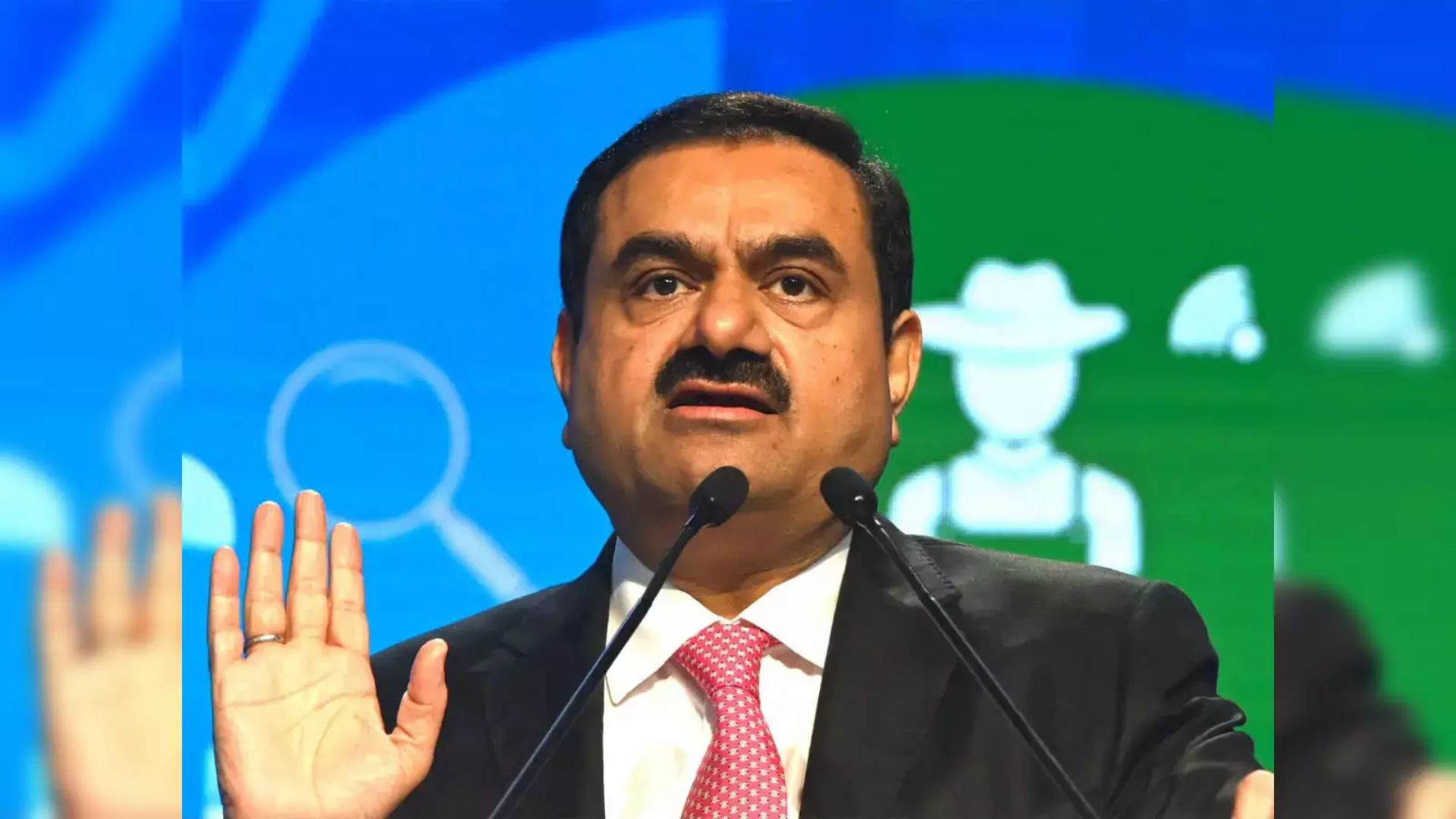A pioneering national survey on sports and physical activity has uncovered that over 20 crore Indians are classified as “inactive” according to international norms. The study highlights that girls in urban areas are the most affected by inactivity. These findings are based on recommendations from the World Health Organization (WHO), which suggest that adults should engage in at least 150 minutes of physical activity per week to reduce health risks, anxiety, and depression.
Physical Activity Recommendations and Current Trends
The WHO recommends that children and adolescents should be active for at least 60 minutes each day. However, this benchmark is significantly unmet in a society where academic priorities often overshadow physical activity. “One of the biggest myths we need to debunk is that physical activity hinders academic success. In reality, it complements and enhances academic performance,” says Swetha Totapally, Regional Director for Dalberg Advisors, Asia Pacific. The survey, conducted in partnership with the Sports and Society Accelerator, a non-profit organization, indicates that a fully active India by 2047 could boost the country’s GDP by over Rs 15 trillion annually.
MUST READ: Researchers Unveil Blood Stem Cells’ Potential To Change Bone Marrow Transplants
Debunking Myths and Emphasizing Benefits
Desh Gaurav Sekhri, Co-Founder of Sports and Society Accelerator, stresses the need to distinguish between sports and physical activity. In India, there is often confusion between the two, with the focus more on competition and excellence rather than health and community benefits. “Physical activity and sport lead to physiological changes, mood regulation, stamina, and cognitive improvements, which translate into individual and societal outcomes,” Sekhri adds.
Gender Disparity and Urban Inactivity
Among the survey’s most concerning findings is the gender gap in physical activity. Urban girls are particularly affected due to limited access to public spaces like parks and playgrounds, coupled with safety concerns. Additionally, three-quarters of active time for the average Indian woman is consumed by household chores and caregiving responsibilities. Urban inactivity rates are nearly twice as high compared to rural areas.
Need for Improved Infrastructure in Schools
The survey also reveals a pressing need to integrate physical activity into school curriculums. Among the students surveyed, 67% reported that their schools lacked sports equipment, while 21% indicated their schools did not have a playground. The survey, which was conducted in Maharashtra, Uttar Pradesh, Odisha, and Tamil Nadu, utilized focus group discussions with parents, blue-collar workers, physical education teachers, and students.
ALSO READ: Study On Tuberculosis Offers Insights That Could Transform Treatment For Inflammatory Conditions


















